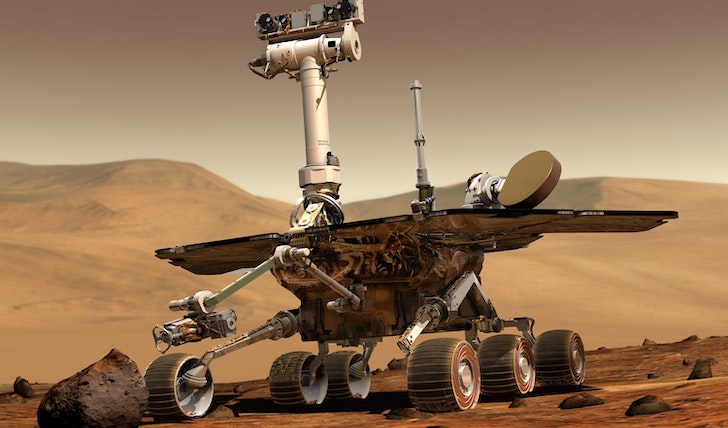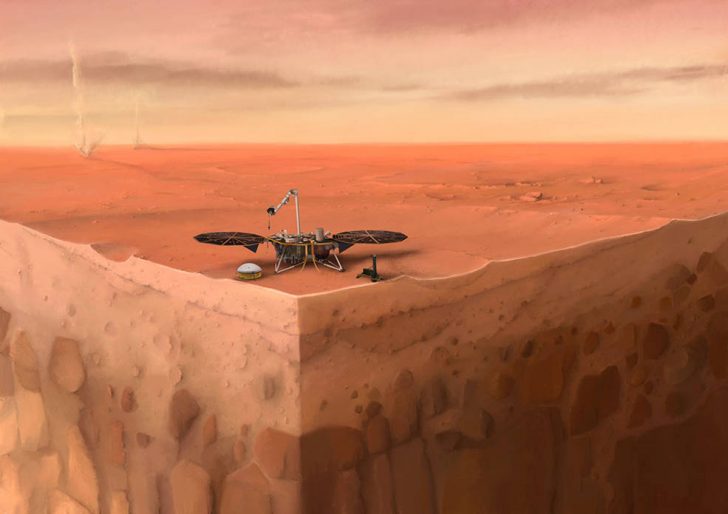The InSight mission, led by NASA’s Jet Propulsion Laboratory (JPL), is an ambitious voyage to explore our cosmic neighbor Mars.
After launching in May 2018 on an Atlas V rocket, the InSight Lander landed on the Red Planet’s Elysium Planitia region in November of that year. Its primary objective is to study the deep interior of Mars as never before and collect unprecedented data about its seismic activity.

Now, the mission is to look deep into our cosmic neighbor, researchers suggest. According to early reports, the mission aims to conduct an in-depth exploration of Mars. The analysis will cover the inner and outer cores of the cosmic neighbor.
Essentially, InSight has been equipped with three main instruments: A seismometer, a heat flow probe, and a radio science experiment. The mission seeks to answer some fundamental questions about Mars’ internal structure, geophysics, and evolution by analyzing these measurements over time.
Now, let’s go ahead and explore these devices in depth:
Seismometer
The most important instrument for the mission, the seismometer, is designed to detect “marsquakes” or seismic activity on Mars. By analyzing these signals and their associated frequency patterns, scientists can gain insight into Mars’ mantle and core structure.

It is something that could not be done without exploring those regions directly.
Heat Flow Probe
InSight’s heat flow probe will measure thermal energy from deep below the Martian surface. This data can be used to understand how much heat is being generated by radioactive decay in Mars’ interior.
Radio Science Experiment:
This experiment will measure the wobble of Mars over time in order to determine how much mass is present in its core. By analyzing this data, scientists can gain insight into the size and composition of the Martian core. So far, InSight’s mission has been a success.
Data shows that Mars is seismically active, with a variety of marsquakes occurring on a regular basis. The heat flow probe has already sent back valuable information about the thermal structure of Mars’ interior and data from the radio science experiment could help researchers better understand the composition and size of Mars’ core.

The greater the amount of heat produced, the more geologically active an area may be.
With all these exciting results already coming in, it looks like NASA’s InSight mission is on track to provide unprecedented knowledge about our cosmic neighbor Mars.
As the mission progresses, it will be interesting to see what new insights are revealed about the inner and outer workings of this mysterious planet. Thus, the InSight mission is an incredible scientific endeavor that has the potential to revolutionize our understanding of Mars and other planets in our Solar System.
By looking deep into our cosmic neighbor, NASA’s InSight Lander could potentially reveal information that we never knew before about the Red Planet. This ambitious exploration of Mars could pave the way for even more exciting discoveries in the future.




